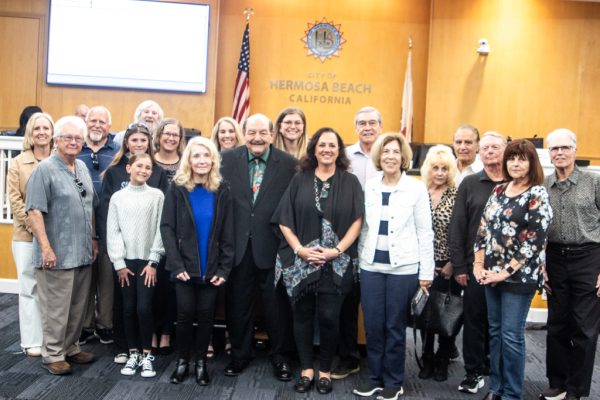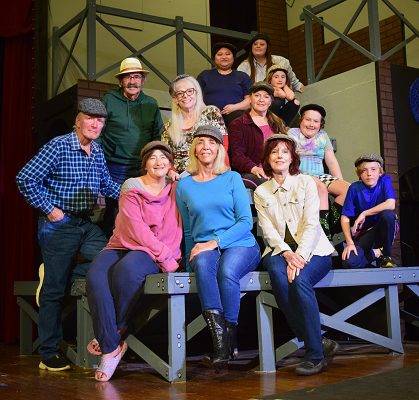
After twice being named a surplus property, three ultimately-failed bids, and ten years in limbo, the saga of 320 Knob Hill may have an end in sight.
The property, site of the former Patterson Elementary School, was declared surplus by 7-11 committees in 1981 and 2007. It was also the subject of multiple scrapped leasing bids.
In May 2012, the Redondo Beach Unified School District, which owns the property, awarded a bid to Fountain Square Development West. In place of Patterson and the site’s more recent use, the Knob Hill Community Center, will be the Kensington Assisted Living facility, a two-story, 96 unit, 80,000 square foot project that would house and care for its residents.
The project was in bureaucratic limbo for years, only recently getting on track with the completion and subsequent review of a Draft Environmental Impact Report before the public.
Now, with progress on Knob Hill beginning to inch forward, RBUSD may have an opportunity to close a chapter in its history, and focus on increased revenue generation on the property. It’s a key concern, given the looming expiration of Proposition 30, an education-funding sales tax increase that funnels $3.4 million into RBUSD’s coffers annually.
“We’re not a business that can raise prices. In the face of headwinds to our budget, we have very limited means,” said school board member David Witkin. “Most districts have to cut personnel and programs — we don’t want to have to do that, and this is an excellent alternative for us to generate real dollars.”
The key is in leasing, Witkin said. If the district sells the property outright, RBUSD will only be able to use those funds for one-time purchases related to repairing and improving district facilities. As the lease is an ongoing revenue stream, the district will be able to use the funds for payroll.
The Kensington facility will pay out a maximum of $614,500 annually to the district — enough to pay for six to seven teachers and staff members, Witkin said. It’s also a fair sight more than the current tenant of the building, an office of L.A. County Special Education, which pays RBUSD $150,000 a year.
The school district feels that this development is, finally, the right fit for the property and its surrounding area. “We’re making a lot of proactive modifications, reaching out to neighbors and making modifications to delivery truck routes — it’ll be quiet, it won’t make much traffic, and it won’t be a drain on city services,” Witkin said, citing the DEIR’s estimation that the facility would generate 33 emergency service calls per year, or one every week and a half.
Some residents, however, are still not pleased with the development. Kelly Martin has been fighting development on the project for ten years, alternately aiming for the property to become a park, a mixed-use housing development with retail facing, or to return to its roots as a school. She feels that Kensington is, simply, a poor fit for her neighborhood.
“I think we all support the school district in getting as much money as they can. We all want to partner in that regard and figure out how to make that happen in the best way possible,” Martin said. “But I’m not convinced all the right information is out there and that this is the right solution.”
Her complaints are many and varied, outlined in a letter: That the Draft EIR doesn’t adequately analyze potential noise generation, that parking analyses didn’t factor in seasonal desirability, and that emergency resources will be stressed beyond capacity. But her key concern, is that the property doesn’t fill an appropriate community need.
“This closes the site to future generations of students forever,” she wrote, noting that the average age of patients in Alzheimer’s facilities is 84 years old, less than one percent of the Redondo Beach population. Noting that eight senior housing and assisted living centers already exist within city limits, Martin doesn’t see an appropriate need.
Though there’s been forward motion, public discussion of the Kensington project has been postponed from the Redondo Beach Planning Commission’s agenda for August 20. No new date has been set. Community development director Aaron Jones has not responded to calls inquiring into the delay. ER











